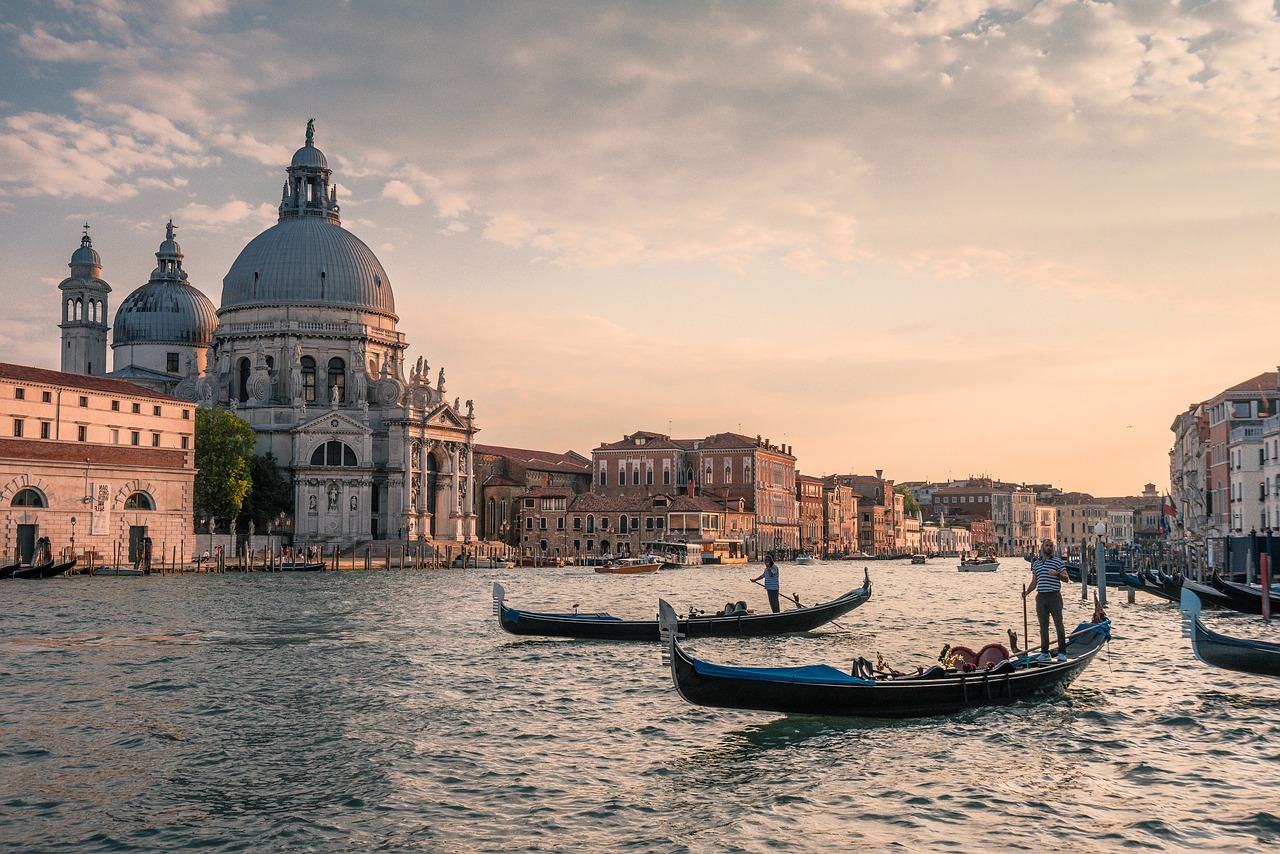
Food and culture are very closely related to each other.
Food culture includes traditions, dishes, and ingredients. The food culture in Europe differs from country to country, but there are common characteristics that distinguish European cuisines from, for example, Asian. The biggest source of starch in the kitchen is wheat flour, as well as dumplings of various kinds, pasta, and pastries. Most countries in Europe use sauces and spices as condiments and accessories.
Let’s look closer at the general rules and traditions of European food culture and how it varies depending on the country and which part of Europe you are in.
Nordic cuisine
The Finnish cuisine is reminiscent of the German, Swedish and Russian cuisines. The food culture in Norway is based primarily on the raw materials available. Because of this, Nordic food culture looks slightly different from its neighboring countries as the country focuses a lot on fish. The Norwegians drink a lot of coffee and a yearly average Norwegian consumes about 160 liters.
The traditional Nordic food is seasonal due to our climate. It can be about using mushrooms and berries in the fall and more meat in the winter. Norway, Sweden, and Finland are very elongated countries and even the regional differences can be very large. In the north, more wild meat is eaten than in the southern parts, where you eat more beef and pork instead. Chicken is also popular. When it comes to the younger population, there is a trend towards more junk food. It is often heard that awareness of our health is growing and many new approaches are being used today than it has been in the past.
Eastern Europe
Ukrainian cuisine is influenced by countries such as Turkey, Germany, and Poland. The country is well known for its hospitality as well as its variety of bread recipes. The food is cooked in large quantities so that it will suffice for everyone. Pork meat, fruits, vegetables, mushrooms, herbs, and berries are often used.
Some Ukrainian dishes are sunflower, brisket, dumplings, donuts, sausages, etc. Austrian cuisine is influenced by countries such as Hungary, Italy, Germany, and various Balkan countries. Many dishes consist of meat and potatoes.
Eastern European cuisine corresponds to many different food cultures which are strongly influenced by the climate. However, there are similarities in some regions. Belarus, Ukraine, and Russia are an example of countries that have a lot in common when it comes to food culture. In Ukrainian cuisine, however, you are a little more influenced by countries such as Turkey and Poland. What is in common for Eastern European cuisine is that a lot of pork, vegetables, mushrooms, herbs and carries the problem in cooking. In Russia, the meat of beef, pork, sheep, bird, and the game is common and is often served with noodles, vegetables, or food made from cereals. Meat pies are also popular. In other Eastern European countries, such as Albania, many dishes are variations on the Mediterranean and Middle Eastern foods. Meat pies are also common here.
Mediterranean cuisine
In Mediterranean cuisine you use a lot of fresh ingredients such as fruits, vegetables, legumes, nuts, sheep, potatoes, etc. This culture is made up of countries such as Italy, Greece, Spain, Turkey, Portugal, Turkey, and others.
In these countries, a lot of olive oil and vegetables are used in cooking. Some dishes typical of Mediterranean cuisine are pasta, lamb, moussaka, fruit soups, serrano ham, pesto, vegetable gratin, pilaf, couscous, paella, and tzatziki. Many times you use garlic, olives, sun-ripened tomatoes, balsamic vinegar, goat cheese, and sheep’s cheese. Most dishes are both tasty and full.
In Mediterranean cuisine, it is common with fish, vegetables, fruits, legumes, nuts, and potatoes and it has often been pointed out as a very healthy food culture.
The food contains a lot of olive oil and vegetables, and this, together with the fact that the dishes contain a lot of antioxidants, make the food so useful. Vegetables that are commonly used are olives, garlic, and tomatoes. This is preferably in a salad together with balsamic vinegar and sheep cheese or goat cheese.
In Mediterranean cuisine, lamb is much more common than in other European cuisines. Greek cuisine is often associated with olive oil, herbs and beans, peas and lentils, and of course with tzatziki. In the Greek kitchen, fresh ingredients are used and at their disposal. You have a rich selection of raw materials grown in Greece. In principle, all Greek dishes use olive oil, which also comes from local raw material, olives. Dipping a little crispy bread in olive oil is also a popular snack so olive oil is used for more than just cooking. Locally grown vegetables and fruits that you have available are tomatoes, onions, garlic, cherries, apricots, spinach, and peas. In Greece, not so much meat is eaten, but more seafood is on the table.
Western Europe
Belgian cuisine is a mixture of Dutch and French cuisine. The dishes often have mild, spicy, and soft flavors. The food is usually quite fatty and the most common spices are chervil, nutmeg, tarragon, parsley, bay leaf, and chives. You use a lot of cream and butter in cooking. For the most part, fish and meat are used in the base food. In the UK, some common dishes are fish and chips, Yorkshire pudding, bacon, and eggs, etc. In the afternoon, the English people like to drink tea and eat a sandwich or similar.

